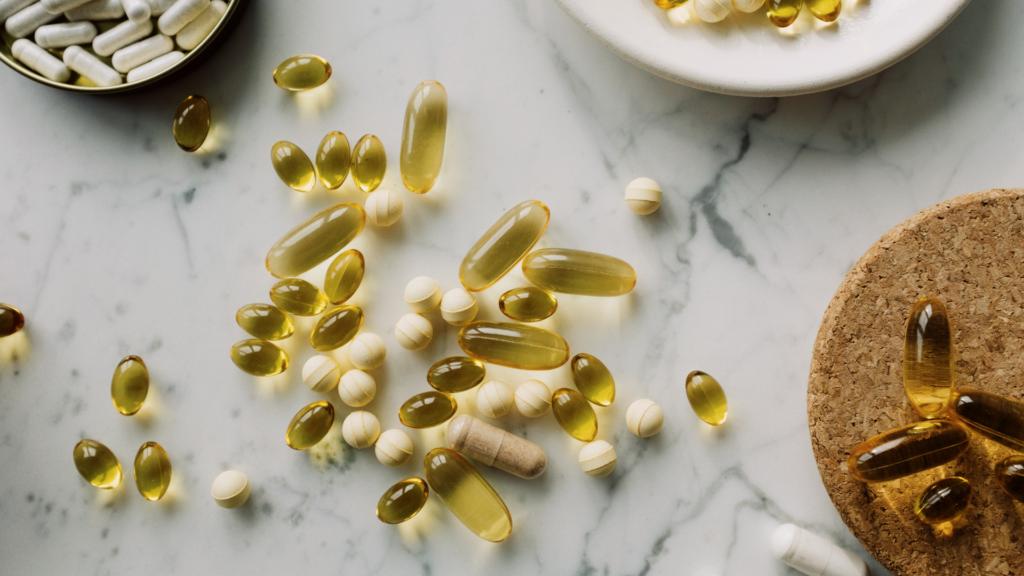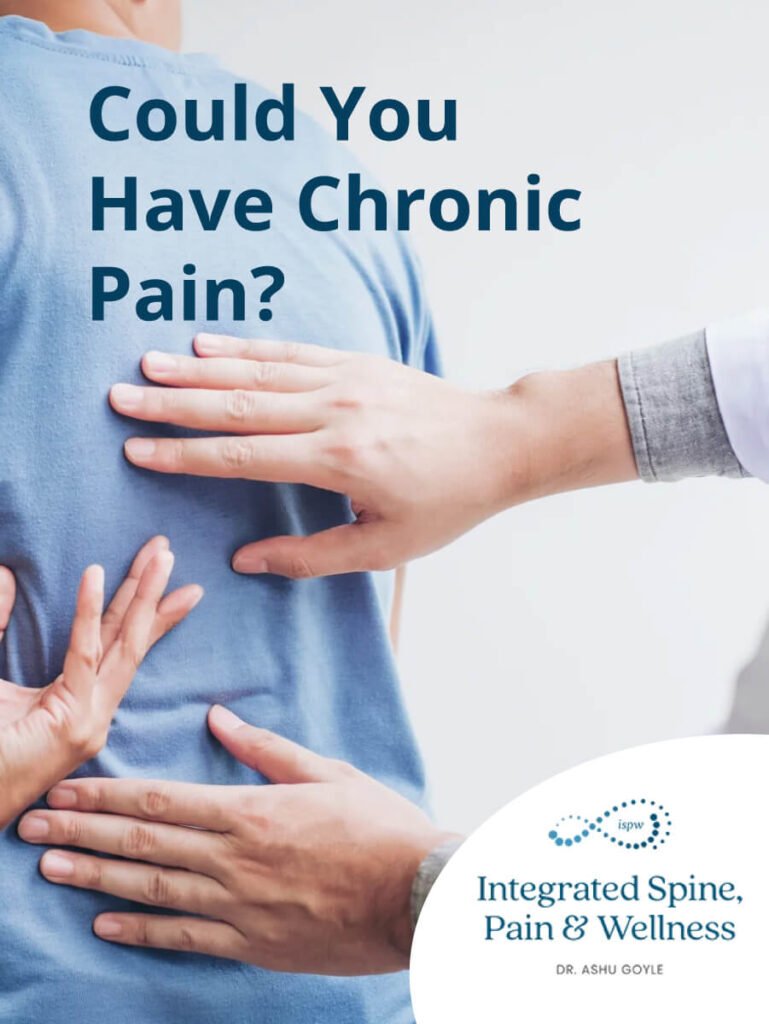Regenerative Medicine
Regenerative Medicine is a modern and cutting-edge treatment used to heal and also help prevent the injury or damage of tissue. It uses Platelet-Rich-Plasma to repair and regenerate the tissue and help restore function and relive pain. In this blog post I am going to go over exactly what is Platelet-Rich-Plasma and how it may be able to help you!
What is Platelet-Rich-Plasma?
Platelet-Rich-Plasma or PRP is a therapy in which your body uses it’s own natural goth factors to heal damaged or injured tissue. This form of regenerative medicine treatment has been used for years to threat professional athletes. In the past few years doctors have been educated on this science and are now able to offer these cutting-edge treatments to all patients. PRP works to use the natural growth factors that are harvested from a patient’s own plasma (blood) and then injected into the area that is injured.
How is the PRP created?
It is harvested by performing a blood draw on a patient. The blood is then placed into a centrifuge to be spun down. The result of this very fast spinning motion is to separate the red blood cells from the white blood cells. The white blood cells are then extracted from the tube using a sterile syringe. These white blood cells are what contain all of the natural growth factors and are called leukocytes.
It’s important to know that there are different types of PRP that are used to treat different injuries. For example: Leukocyte (white blood cell) poor PRP (LP PRP)- has very little leukocytes and is great for the repair of soft tissue Leukocyte (white blood cell)rich PRP (LR PRP)- has a larger concentration of leukocytes in it and higher platelet count. This type of PRP is good for tendon and ligament repair. It also works to reduce target inflammation.
Who is a candidate for PRP Treatment?
- you’re unable to perform daily activities because of joint or tendon pain.
- surgical treatment is not desired
- the patient want’s to take a more natural approach to healing their injury
- the patient want’s to do the treatment as a preventive care to protect, strengthen and
- help reduce the chances of future ligament or tendon pain.
Who is not a candidate for PRP treatment?
- people who smoke
- have skin infections, skin diseases or a metastatic disease
- have certain blood or bleeding disorders
What to expect on the day of the procedure
Two to three weeks prior to the procedure, the patient will be asked to follow an anti-inflammatory lifestyle. The patient will be given an anti-inflammatory guide book to reference.
When the patient arrives, he or she will be given paperwork to fill out prior to the procedure. They will be asked to fast before their procedure and to remain properly hydrated in order to get a good blood draw. Once the paperwork is completed the patient will be shown to our relaxation room where one of our nurses will perform the blood draw before placing the blood in our centrifuge to be spun down. The nurse will then escort the patient into the exam room to see Dr. Goyle.
Dr. Goyle will do an ultrasound exam to see exactly where the injury is located and where he will need to do the injection. By using our ultrasound machine, Dr. Goyle is able to give a thorough and precise examination of the injured area(s), which increases the success of the injection.
After the examination is complete, Dr. Goyle will prep and sterilize the area. He will then inject the PRP into the injured areas. Please note: numbing or sedation is available when requested.
After the Procedure
It is important to know that a patient may have an increase of pain after the procedure. This is normal and usually lasts for two weeks. You will notice that the pain may increase and decrease for the next 2-8 weeks. The patient will be asked to continue to follow an anti-inflammatory lifestyle for the next 2-4 weeks. Following an anti-inflammatory lifestyle helps the healing process and the success of the injection(s).
At week 2 the patient will start physical therapy. Physical therapy is crucial in helping to heal the injured area. Most patients won’t see a significant difference until about 8-12 weeks after the procedure.
Safety
Because the treatments use a patient’s own tissue, the PRP injections are safe and can be administered alone or in conjunction with other procedures.
Source: (John Hopkins Medicine)
Important things to know Before deciding on PRP make sure to do extensive research to determine if this procedure is something that could be right for you. Dr. Goyle likes to communicate to his patient that this procedure will not fix your injury over night. I takes time for an injury to happen, so it will also take time to heal it. If you want to heal your ligaments naturally, using your own body, then this procedure may be for you.
It’s also important to know that you may need more than one procedure, depending on the extent of your injury. This procedure is also not covered by insurance and is an out of pocket expense. When you receive your initial examination from Dr. Goyle, he will be able to give you the cost breakdown.
For any additional questions regarding Regenerative Medicine and PRP injections, please feel free to reach out.


